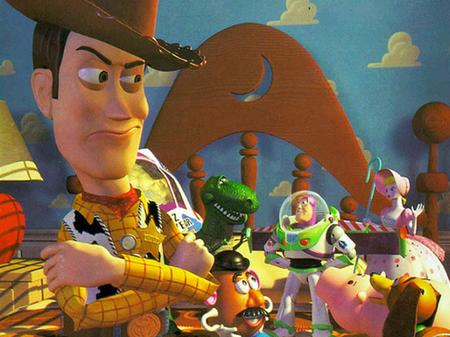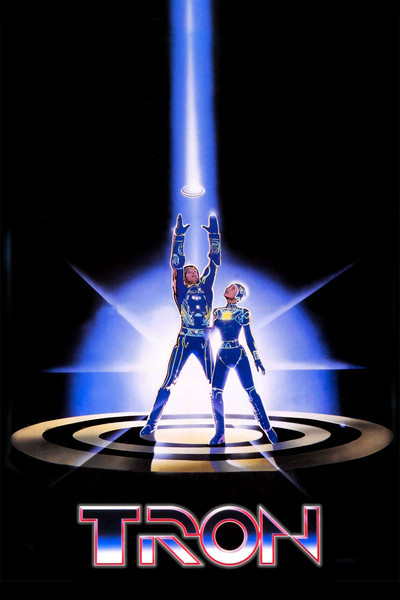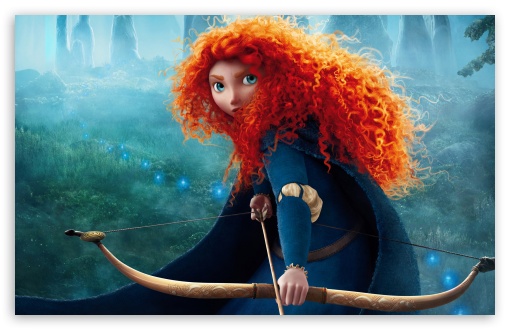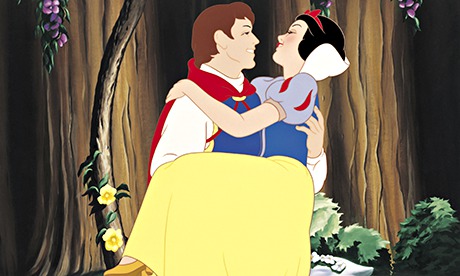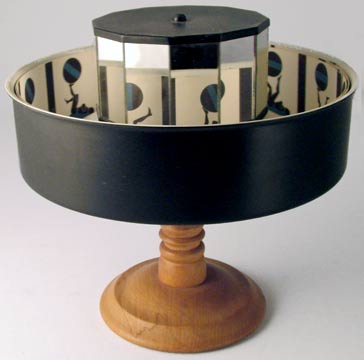Evaluation
For the classical elements brief I had to
produce a twenty second animation on either water, fire, earth and air. I chose
to create an animation about the journey of a raindrop. The things that I like
about my animation are the fluidity of the movement of the raindrop, the
tone/feel of the animation, which is happiness and way the music (‘Raindrops
Keep Falling on My Head’ by B.J.Thomas) fits in well with the timing of the
animation. I like these because the fluidity shows how much effort and time
I’ve put in to the process, the music fits in well because when I was showing
the animation to other people someone said that she liked the swooshing sound
in the animation when the raindrop hits the leaves, but it was actually the
music that made that sound. Also I made the tone/feeling of the animation happy
because I’ve already done comedy for another animation and I didn’t really want
to make a sad one this time, also the songs a bit cheerful as well.
However, some parts of my animation I don’t
like and they are how when the raindrop is falling towards the camera it starts
to get blurry. Also how the bird isn’t in the animation for that long and that
you can’t see it when you get an overview of the raindrop falling, and I don’t
like the way the camera zooms in on the frog at the end of the animation
because it seems a bit shaky. These are because in the scene before the bird
appears you should able to see it because your looking down and you can see
what the raindrops going to hit, also I think that blurriness of the raindrop
at the beginning has something to do with the way I drew it then expanded in so
it looks like its coming towards you.
After analysing all of this and if I had to
redo this project again I would change a couple of thing in my animation. One
of the things I would change is the frog at the end by making it smaller and
maybe changing the colour to black and white like the rest of the thing in my
animation because I feel like the frog is stealing the focus from the raindrop
as the main character. I would also change when the bird’s appearance begins in
the animation just so that it’s accurate when you’re looking down at the
raindrop. Something that I would change about the animation is the sound, what
I would do is take out the music and replace that with some sound effects like
droplet noises, swooshing sounds for the leaves and maybe put in a croaking
noise in there for the frog as well at the end when he winks at you.



